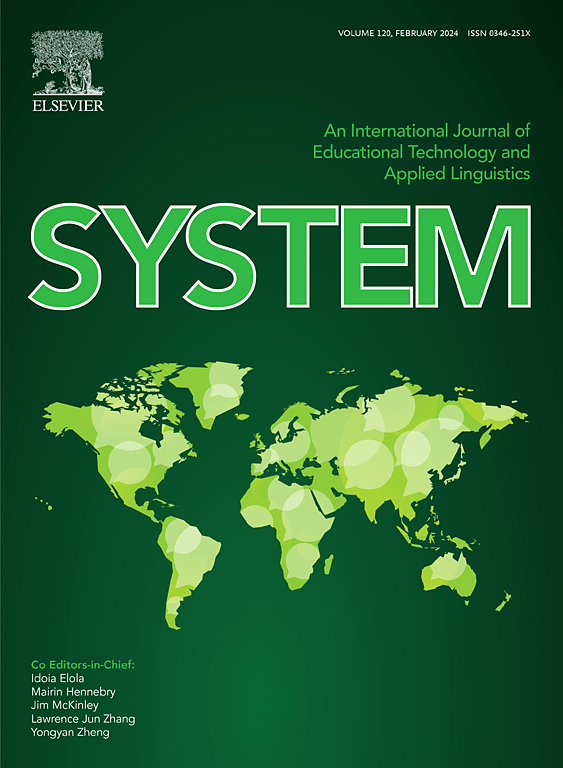Untargeted metabolomics reveals changes in boar sperm and seminal plasma metabolites associated with sexual maturity
IF 6.5
1区 农林科学
Q1 Agricultural and Biological Sciences
引用次数: 0
Abstract
Boars undergo physiological and biochemical changes in semen composition as they grow from puberty to sexual maturity. However, comprehensive metabolomic profiles of boar semen remain uncharacterised. Understanding metabolic alterations in semen during this period is important for optimising reproductive performance in breeding programs. The aim of this study was to characterise the semen metabolome as boars mature, utilising an untargeted metabolomic approach. Semen samples were collected from 15 Duroc boars at three developmental ages: ~ 7 months, 8.5 months, and 10 months. Sperm and seminal plasma were separated and analysed by hydrophilic interaction and reversed-phase liquid chromatography coupled with mass spectrometry to capture a wide range of metabolites. We identified a total of 4,491 features in boar semen, annotating 92 distinct metabolites. Amino acids, peptides and analogues constituted the most abundant components, followed by fatty acid esters. Principal component analysis (PCA) and partial least squares discriminant analysis (PLS-DA) showed a clear separation between metabolomic profiles by age groups. PERMANOVA analysis of PCA scores confirmed statistically significant differences (P < 0.05) between younger (7 months) and more mature boars (8.5 months and 10 months). Pathway analysis identified porphyrin metabolism, taurine and hypotaurine metabolism, and glycerolipid metabolism as significantly enriched pathways in sperm, while glutathione and nitrogen metabolism were prominently enriched in seminal plasma. Using linear modelling, partial Spearman correlation and random forest analyses, we identified homoisovanillic acid as a key metabolite discriminating age groups in both sperm and seminal plasma. Additionally, L-glutamic acid, decanoyl-L-carnitine and N-(1,3-Thiazol-2-yl)benzenesulfonamide emerged as important sperm metabolites, while glyceric acid, myo-inositol, glycerophosphocholine, and several other compounds were identified as critical seminal plasma metabolites. This study provides a detailed characterisation of metabolic changes in Duroc boar semen during the transition from puberty to sexual maturity. Our findings enhance the understanding of reproductive development and could inform strategies to assess sexual maturity in breeding programs.非靶向代谢组学揭示了与性成熟相关的野猪精子和精浆代谢物的变化
公猪在从青春期到性成熟的过程中,精液成分会发生生理生化变化。然而,猪精液的综合代谢组学特征仍未得到表征。了解这一时期精液的代谢变化对于优化育种计划中的生殖性能非常重要。本研究的目的是利用非靶向代谢组学方法,表征公猪成熟时精液代谢组的特征。选取15头杜洛克公猪,分别在~ 7月龄、8.5月龄和10月龄采集精液。通过亲水相互作用和反相液相色谱联用质谱法分离和分析精子和精浆,以捕获广泛的代谢物。我们在野猪精液中鉴定出总共4,491个特征,注释了92种不同的代谢物。氨基酸、多肽和类似物是最丰富的成分,其次是脂肪酸酯。主成分分析(PCA)和偏最小二乘判别分析(PLS-DA)显示代谢组学特征在不同年龄组之间存在明显的差异。PCA评分的PERMANOVA分析证实,较幼公猪(7个月)和较成熟公猪(8.5个月和10个月)之间的差异有统计学意义(P < 0.05)。途径分析发现,卟啉代谢、牛磺酸和次牛磺酸代谢、甘油脂代谢是精子中显著富集的途径,而谷胱甘肽和氮代谢在精浆中显著富集。通过线性模型、部分Spearman相关和随机森林分析,我们发现同型异香草酸是精子和精浆中区分年龄组的关键代谢物。此外,l-谷氨酸、癸烷酰- l-肉碱和N-(1,3-噻唑-2-基)苯磺酰胺是重要的精子代谢物,而甘油、肌醇、甘油酰胆碱和其他几种化合物被确定为重要的精浆代谢物。本研究提供了杜洛克公猪从青春期到性成熟过渡期间精液代谢变化的详细特征。我们的发现增强了对生殖发育的理解,并可以为育种计划中评估性成熟的策略提供信息。
本文章由计算机程序翻译,如有差异,请以英文原文为准。
求助全文
约1分钟内获得全文
求助全文
来源期刊

Journal of Animal Science and Biotechnology
AGRICULTURE, DAIRY & ANIMAL SCIENCE-
CiteScore
9.90
自引率
2.90%
发文量
822
审稿时长
17 weeks
期刊介绍:
Journal of Animal Science and Biotechnology is an open access, peer-reviewed journal that encompasses all aspects of animal science and biotechnology. That includes domestic animal production, animal genetics and breeding, animal reproduction and physiology, animal nutrition and biochemistry, feed processing technology and bioevaluation, animal biotechnology, and meat science.
 求助内容:
求助内容: 应助结果提醒方式:
应助结果提醒方式:


